
What are the common uses of interactive whiteboards in classrooms?
Interactive whiteboards aren't just flashy classroom gadgets – they're revolutionizing how students learn and teachers teach. From kindergarten finger painting to college-level engineering simulations, these digital marvels are reshaping education as we know it. Here are the most fascinating ways teachers are bringing learning to life!
1. Virtual Field Trips Without Leaving Your Seat
Did you know students can explore the Egyptian pyramids, walk through the Louvre, or dive into the Great Barrier Reef – all from their classroom desks? Interactive whiteboards make virtual reality learning possible, giving students experiences that would otherwise be impossible due to budget or distance constraints.
2. Game-Based Learning That Actually Works
Teachers are turning lessons into engaging games using interactive whiteboards. Math battles, spelling bees, and history quests keep students so engaged they forget they're learning. Studies show game-based learning can increase retention rates by up to 90% compared to traditional methods.
3. Collaborative Art and Design Projects
Fun Fact: Interactive whiteboards can detect up to 10 simultaneous touch points, allowing entire classes to work on art projects together. Students can collaborate on digital murals, design cityscapes, or create animated stories – fostering creativity and teamwork like never before.
4. Real-Time Science Experiments
Gone are the days of waiting for chemical reactions or dissecting preserved specimens. Interactive whiteboards simulate experiments safely and repeatedly. Students can virtually dissect frogs, observe molecular reactions, or explore planetary systems – all without safety concerns or expensive equipment.
5. Interactive Storytelling and Reading
Young learners benefit immensely from touch-activated storybooks where characters come alive with animations and sounds. Teachers can highlight words, change story outcomes, and create personalized reading experiences that boost literacy skills by an average of 32% according to recent studies.
6. Language Learning Through Immersion
Mind-Blowing Fact: Interactive whiteboards can instantly translate text into over 100 languages while displaying cultural context. Students learning Spanish can virtually visit Madrid, while Mandarin learners can explore Beijing's markets – all through their classroom whiteboard.
7. Mathematical Visualization Made Magical
Here's where things get really cool: complex mathematical concepts become tangible through 3D graphing, geometric manipulations, and animated problem-solving. Students can rotate 3D shapes, visualize calculus concepts, and solve equations through interactive games that make abstract concepts concrete.
8. Real-Time Collaboration Across Classrooms
Schools worldwide are connecting through interactive whiteboards for collaborative projects. Students in Tokyo can work on the same science project with peers in Toronto, sharing ideas and solutions in real-time on shared digital canvases.
9. Customizable Learning for Different Abilities
Incredible Statistic: Interactive whiteboards can adjust content presentation speed, contrast, and interactivity level to accommodate students with learning differences. This universal design approach helps students with ADHD, dyslexia, and autism engage more effectively with curriculum materials.
10. Digital Portfolio Creation
Students can compile multimedia portfolios showcasing their work through videos, presentations, and interactive projects. These digital portfolios provide richer assessment opportunities and prepare students for a digital-first world.
11. Historical Timeline Exploration
History classes come alive when students can manipulate interactive timelines, watch historical events unfold through embedded videos, and explore primary source documents with zoom capabilities that reveal intricate details in historical artifacts.
12. Music and Audio Production
Surprising Use: Interactive whiteboards serve as digital instruments and sound mixing boards. Students can compose music, understand rhythm patterns, and even learn audio engineering principles through hands-on digital manipulation.
13. Real-Time Assessment and Polling
Teachers can instantly gauge student understanding through interactive polls, quizzes, and surveys. Results appear immediately, allowing for real-time teaching adjustments and ensuring no student gets left behind.
14. Virtual Career Exploration
Career days have evolved! Students can virtually tour hospitals, explore construction sites, or sit in on corporate board meetings through interactive simulations, helping them make informed decisions about their futures.
15. Environmental and Sustainability Education
Interactive whiteboards can simulate climate change effects, model ecosystem interactions, and demonstrate renewable energy principles through interactive models that respond to student input – creating environmental stewards through experiential learning.
The Future is Interactive
As technology continues advancing, interactive whiteboards are becoming even more sophisticated, incorporating artificial intelligence, augmented reality, and machine learning capabilities. Schools investing in these tools aren't just modernizing classrooms – they're preparing students for a technology-rich future where digital literacy isn't optional.
The next time you see an interactive whiteboard, remember: you're looking at one of education's most powerful transformation tools, making learning more engaging, accessible, and effective than ever before.
Ready to experience the future of education? Interactive whiteboards aren't just changing classrooms – they're changing lives, one interactive lesson at a time.


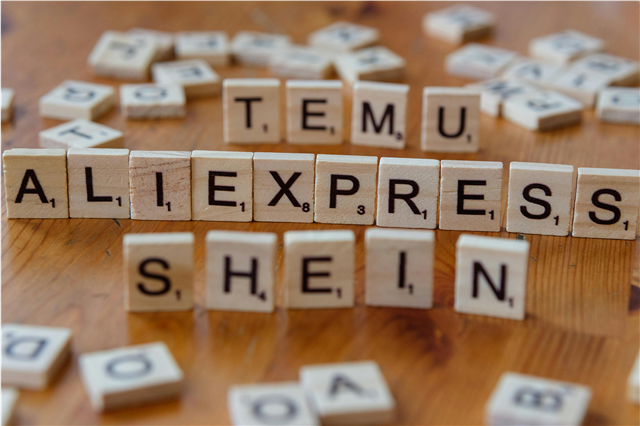
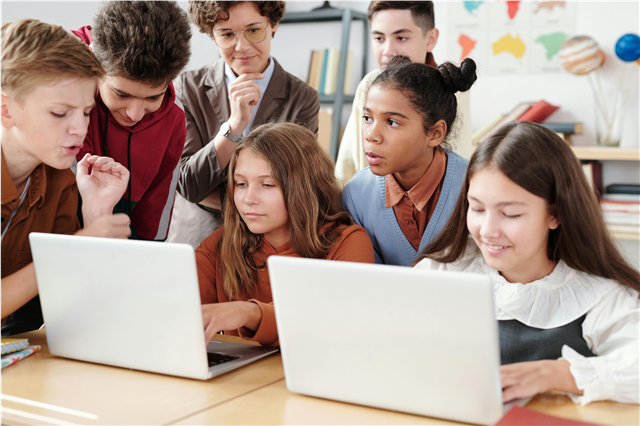
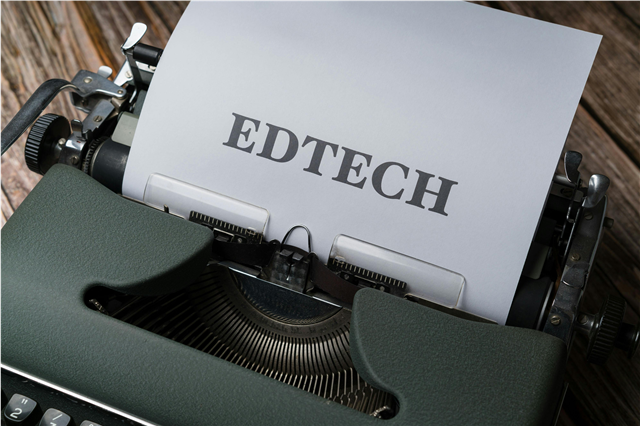
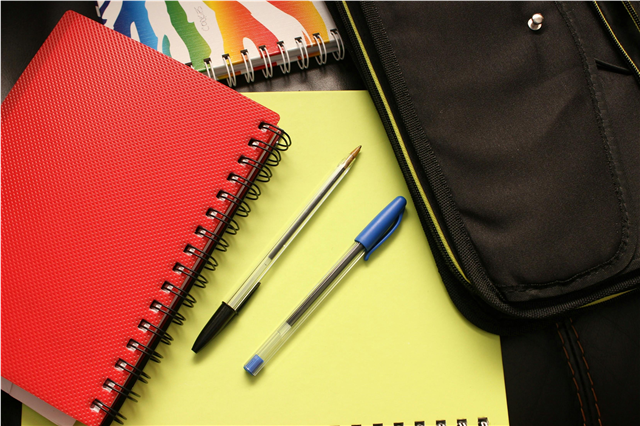
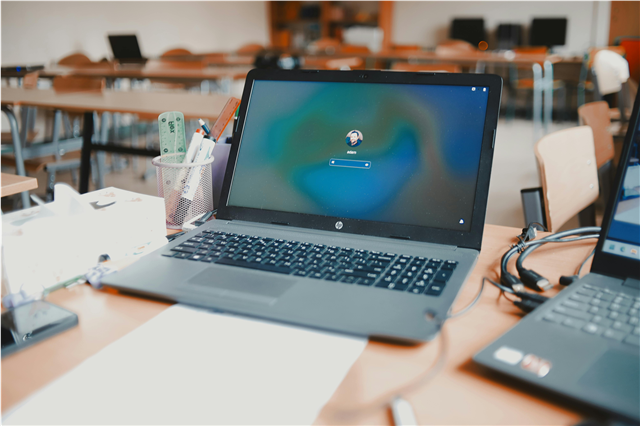
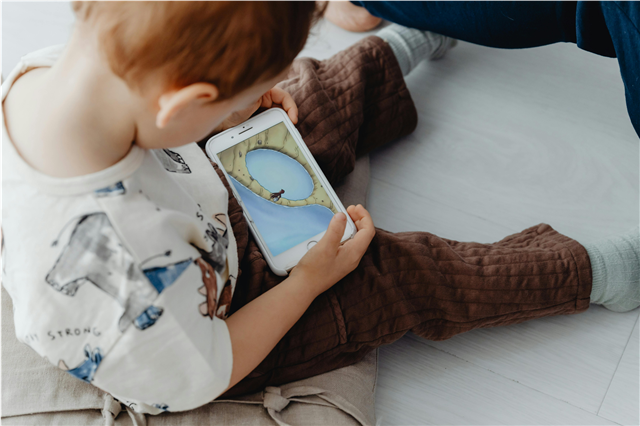
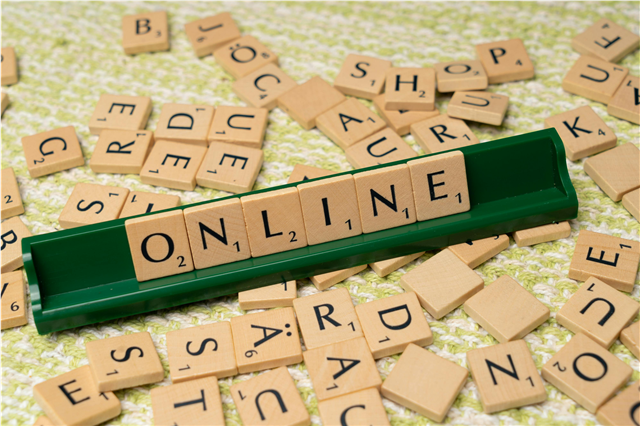







Post Comment